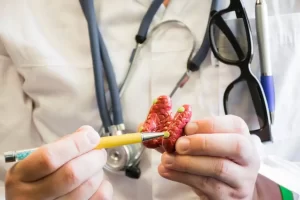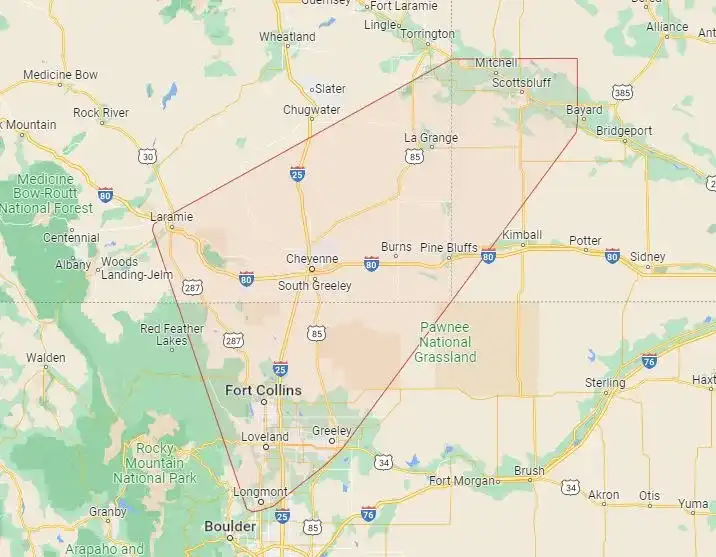Parathyroid
 The parathyroid glands are located behind the thyroid glands in the neck, near the sternal notch. The parathyroid gland can malfunction and start secreting too much parathyroid hormone in a condition known as hyperparathyroidism. The parathyroid glands make parathyroid hormone (PTH), which controls the levels of calcium in the body. Parathyroid glands can also get attacked by cancer cells. Signs and symptoms may include nausea, loss of appetite, muscle pain, and fatigue. There is no medication available to cure parathyroid disease.
The parathyroid glands are located behind the thyroid glands in the neck, near the sternal notch. The parathyroid gland can malfunction and start secreting too much parathyroid hormone in a condition known as hyperparathyroidism. The parathyroid glands make parathyroid hormone (PTH), which controls the levels of calcium in the body. Parathyroid glands can also get attacked by cancer cells. Signs and symptoms may include nausea, loss of appetite, muscle pain, and fatigue. There is no medication available to cure parathyroid disease.
Diseases and disorders of the parathyroid are primarily treated with surgery. Parathyroid surgery is also used to treat disorders such as hyperplasia and adenoma removal. The removal of the parathyroid gland is called a parathyroidectomy. In this procedure, the surgeon removes one or all four of the parathyroid glands.
This minimally invasive surgery typically lasts for 30 minutes to an hour accordingly. Dr. Tierney has vast experience with parathyroid gland surgery.
Radio guided surgery
Radioguided surgery (RGS) is a technique in which a radiolabeled tracer is administered to the patient before the surgery that emits radiation that can be detected intraoperatively to provide vital and real-time information to the surgeon regarding the location and extent of disease.
Endoscopic surgery
This procedure uses a small camera fitted an endoscope to view and remove the affected glands.
Robotic parathyroid surgery
Robotic arms are used by the doctor to create incisions and remove tumors.
Open surgery
This type of parathyroid surgery involves the surgeon making a large incision to remove tumors from the throat.
Before surgery
The steps followed before surgery are:
- An office visit for surgical consultation where a comprehensive history and physical exam is performed.
- Completion of clinical tests for workup and staging.
- Multidisciplinary tumor board review for an expert recommendation regarding treatment strategy.
After surgery
The type of surgical procedure done determines the kind of post-surgery care required. Post care after a surgical operation involves:
- A brief admission to the ICU is sometimes required for complex procedures such as a whipple procedure. Recovery then continues in the hospital ward for another three to five days. Procedures performed robotically typically have a faster recovery and can expect discharge from the hospital one or two days earlier than after open procedures.
- The goals of postoperative care include: monitoring for and intervening on any complications that can occur, awaiting the resumption of normal bowel function, maintaining adequate hydration and nutrition, physical and occupational rehabilitation, and providing adequate pain control. Once these measures are met, the patient will be discharged from the hospital. Post-operative follow-up will be scheduled one week from discharge with Dr. Tierney.


